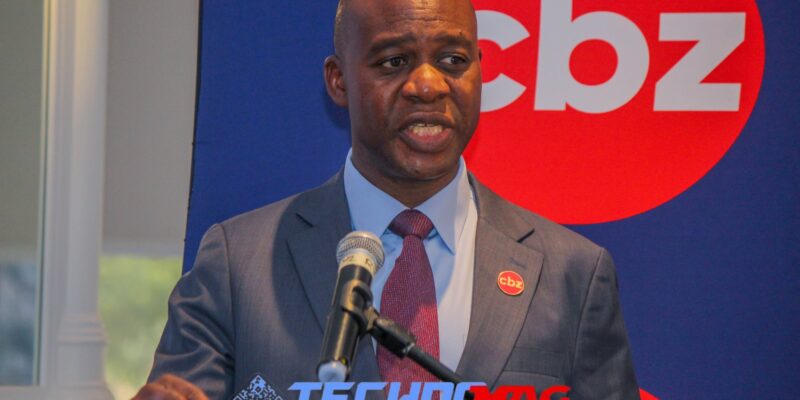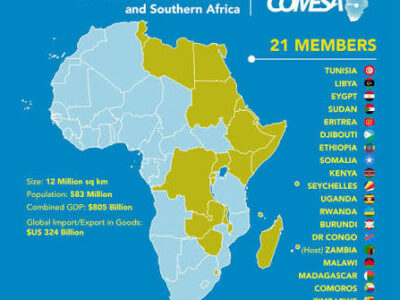CBZ Holdings Limited, has provided a detailed explanation of the structural challenges and strategic decisions shaping the nation’s banking sector. The group’s leadership, speaking during its H1 2025 analyst briefing and in a separate interview with Technomag, acknowledged the issue while outlining why current interest rates on savings products are a symptom of a broader economic environment, not merely a failure of banking policy.
The controversy centres on a common complaint among Zimbabwean depositors: placing money in a savings account yields minimal returns, especially when compared to the inflationary pressures eroding the value of the local currency. For many, saving in a bank feels more like an expense than a benefit.
Dr. Lawrence Nyazema, the Group Chief Executive Officer, highlited that the core of the issue lies in the fundamental nature of modern banking and the specific demands of the Zimbabwean market. He revealed that CBZ Bank’s deposit base now exceeds US$1 billion, a significant milestone. However, the composition of these deposits is telling, approximately US$700 million is held in demand deposits, highly liquid transactional accounts that customers can access 24/7 through cards, digital transfers, and mobile wallets.
By Gamuchirai Mapako
“The way banking works is we raise deposits, we pay interest, we deploy those deposits by giving loans … But if somebody has got their money in an account where they have access to it 24-7, it means you cannot deploy those funds and lend,” Dr. Nyazema stated.
“If you lend them out and the owner of the funds comes and withdraws all of it, then you are in trouble.”

This reality forces banks to maintain high levels of liquidity to meet withdrawal demands, constraining their ability to transform short-term, unpredictable deposits into longer-term, interest-yielding loans. This results in a lower loans-to-deposit ratio CBZ’s stands at around 38% against a target of 50% which in turn limits the income banks can generate from lending and, consequently, the interest they can pay back to savers.
The group’s conservative lending strategy is also a deliberate response to recent history. Following a period burdened by non-performing loans (NPLs), CBZ has spent the last three years meticulously cleaning its balance sheet. This effort has paid off, with the bank’s NPL ratio now standing at just below 5%, which Dr. Nyazema highlighted as being below international benchmark. This prudence ensures stability but also means the bank is not leveraging its entire deposit base for high-yield loans, again impacting the potential returns for savers.
While acknowledging the challenge with transactional accounts, CBZ leadership was quick to clarify that the narrative of universally low returns is incomplete. The group reported growth in more structured savings products. Savings and time deposits collectively grew to approximately US$100 million, and customers who opt for these products are seeing better returns.
“When you talk to those that have invested in that range of products, they are getting decent interest rates, 4-5% thereabouts,” Dr. Nyazema said. This indicates a tiered system where higher interest rates are available to customers who are willing to commit their funds for fixed periods, allowing the bank to plan its lending with more certainty.
The broader economic environment remains the ultimate anchor on savings returns. The CEO drew a direct comparison to low-inflation economies like Japan, where interest rates are similarly low. In Zimbabwe, while USD inflation has shown relative stability, the legacy of hyperinflation and currency instability has created a deep-seated preference for liquidity among the populace. This preference for instant access over long-term saving reinforces the dominance of demand deposits, perpetuating the cycle.
CBZ’s strategy to enhance value for customers and shareholders extends beyond just interest rates. The group is focused on operational efficiency by reducing its cost-to-income ratio (34% in H1 2025) to preserve margins, diversified revenue streams through growing non-funded income, which contributed 65.8% of total income, through commissions, fees, and digital services like its Ziki platform. The banking institution is also aiming at regional expansion; establishing insurance operations in South Africa and Botswana to tap into new, deeper markets and create additional profit centres that can strengthen the entire group.
CBZ Holdings frames the savings crisis not as a simple case of banks withholding benefits, but as a complex interplay of customer behaviour, regulatory requirements, and economic reality. The path to better returns for Zimbabwean savers, as outlined by the group, appears to be a gradual one built on greater economic stability, a shift in public saving habits towards fixed-term products, and the continued strengthening of the banking sector itself.













Comments